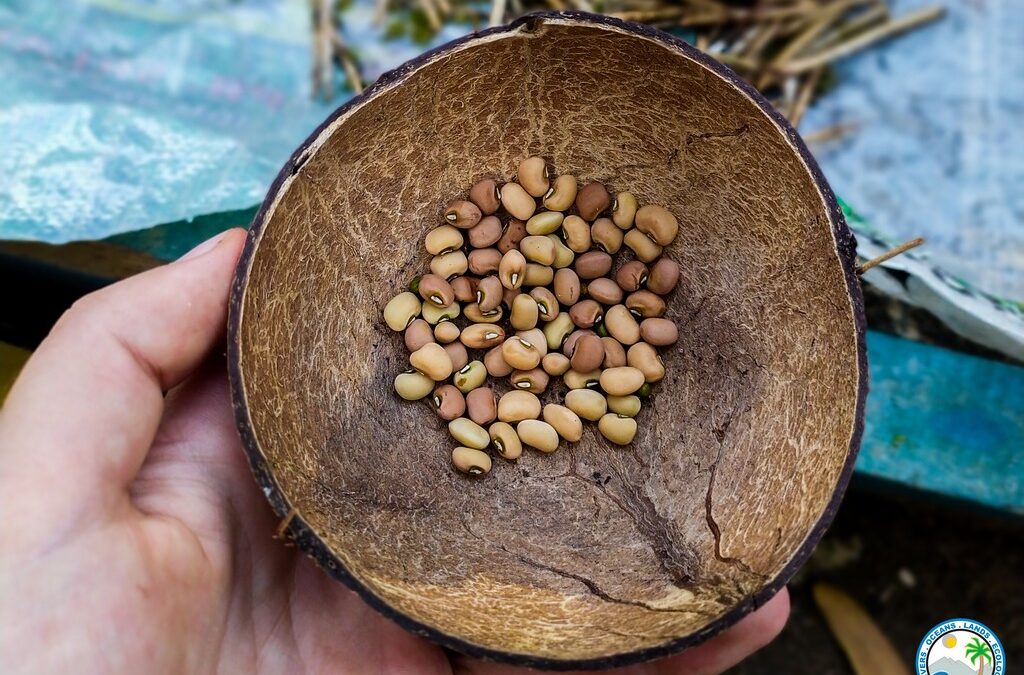Since the finalization of R.O.L.E’s first food garden in January the team has been diligently growing and harvesting different types of vegetable and fruit. The first harvest of chilies, tomatoes, eggplants and others served in particular the purpose of seed saving. Saving seeds allows to continue growing food in a self- sufficient way and to expand the food production at the same time.
The garden
The garden has been established right in time before the rainy season set in, which was pretty late in this year’s January. R.O.L.E.’s Community Environment & Skills Centre is located on the – compared to other regions in Bali – relatively dry “Bukit Peninsula”. Throughout the last months there has been little but constant rainfall which let the newly planted vegetables grow. Starting in April, the chillies, tomatoes eggplants and beans started to ripen and the seed saving process could start.

The seed saving process
While saving seeds, R.O.L.E’s team has learned a lot about the different ways from when and how to harvest different types of vegetables and how to treat them until they can be stored. Here are some insights:
- It is advised to choose the best and healthiest plants to take the seeds from, since the seeds will pass on its characteristics to the next crop.
- When picking the seeds, the fruit should be (over)ripe (this depends on the type of the plant). The best picking time is on a dry and sunny day. Chilies can be picked when they are red and ripe on the plant whereas cucumber and zucchini are best picked one month after one would pick them for eating.
- Cleaning the seeds is a very important process. Seeds that come in a husk/shell are removed and separated by hand, for example beans. Seeds from eggplants or pumpkins need to be scraped out and placed into water. After cleaning them from the flesh they can be dried. Tomato and cucumber seeds (wet seeds) should be “fermented”. They will also be put in water, but for a few days until foam will form on the surface. After being cleaned and rinsed they will also be put to dry.
- While drying the seeds, it is important to protect them from animals, wind and other influences. They can be dried inside close to the fire, or in the sun. It is crucial that the seeds are fully dried otherwise they will rot when stored.
- When storing the seeds, they should be protected from air, moisture, heat, animals/insects and their eggs and light. Additionally, the bottom of the container can be covered with e.g. dry grain or cold ash to absorb extra moisture.

Using the seeds
After the seed saving process is finished the seeds can be planted again. Like that, the seed saving process can continue as well as the supply of fresh seeds and food. Now that many seeds could be saved and stored in the seedling hut, R.O.L.E can continue growing more vegetables and fruit. Therefore, a new project is already in the making about which you will find out more in the next post of the permaculture series.
Having the permaculture ethic “distribute surplus” and the principle “use and value diversity” in mind, we at R.O.L.E are always open for seed swapping/exchanging. Especially in times of crisis this project can contribute to seed, plant and more generally spoken, food security.
If you’re interested in the seed exchange program please reach out to Rani.
program@rolefoundation.org


Recent Comments